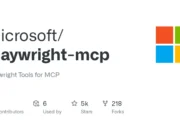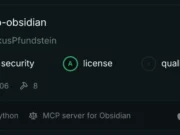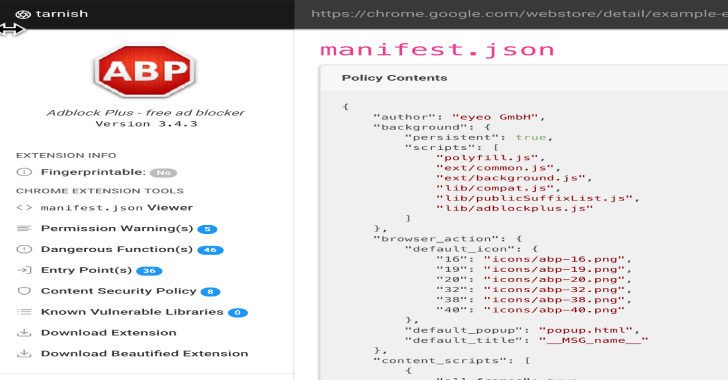LummaC2 is a commodity malware designed as an information stealer, targeting browsers, cryptocurrency wallets, and authentication data.
Marketed as a “premium” infostealer on underground cybercrime forums, its actual implementation reveals significant weaknesses, making it a low-quality tool in the malware ecosystem.
Despite its advanced claims, the stealer is riddled with hardcoded configurations and poor coding practices.
Key Functions Of LummaC2
1. Targeted Data
LummaC2 primarily focuses on stealing sensitive user data from:
- Browsers: Targets Chromium-based browsers (Chrome, Edge, Brave, etc.) and Firefox by extracting login credentials, cookies, browsing history, and autofill data.
- Cryptocurrency Wallets: Hardcoded to target popular wallets like MetaMask, TronLink, Ronin Wallet, Binance Chain Wallet, and others.
- Authentication Data: Includes extensions like Google Authenticator and Authy.
2. Hardcoded Paths
The stealer relies heavily on predefined paths to locate browser profiles and wallet files. For example:
- Chrome:
%LOCALAPPDATA%\Google\Chrome\User Data - Firefox:
%APPDATA%\Mozilla\Firefox\Profiles\
This predictability makes it easier for security tools to detect and mitigate its activities.
3. Data Exfiltration
LummaC2 uses wininet.dll to establish HTTP connections for exfiltrating stolen data. The data is typically sent via HTTP POST requests using the multipart/form-data content type.
However, this approach is easily detectable by network monitoring tools.
4. Weak Anti-Analysis Techniques
The malware employs basic obfuscation methods:
- String Obfuscation: Uses markers like “edx765,” which are trivial to bypass.
- Dynamic API Resolution: Simplistic attempts to obfuscate API calls.
These techniques fail to provide robust protection against reverse engineering.
5. Indicators of Compromise (IOCs)
Key IOCs include:
- Files created in
%APPDATA%\Lumma*. - Unusual HTTP POST requests using
wininet.dll. - Access patterns targeting browser credential files like
key4.dborlogins.json.
LummaC2 is an unsophisticated malware tool with significant limitations due to its hardcoded configurations and weak anti-analysis techniques.
While it poses a threat to less-secured systems or inexperienced users, its predictable behavior makes it relatively easy to detect and counteract.
Continuous monitoring remains essential to track potential updates or changes in its attack methodology.












%20Works.png)


.png)

.webp)